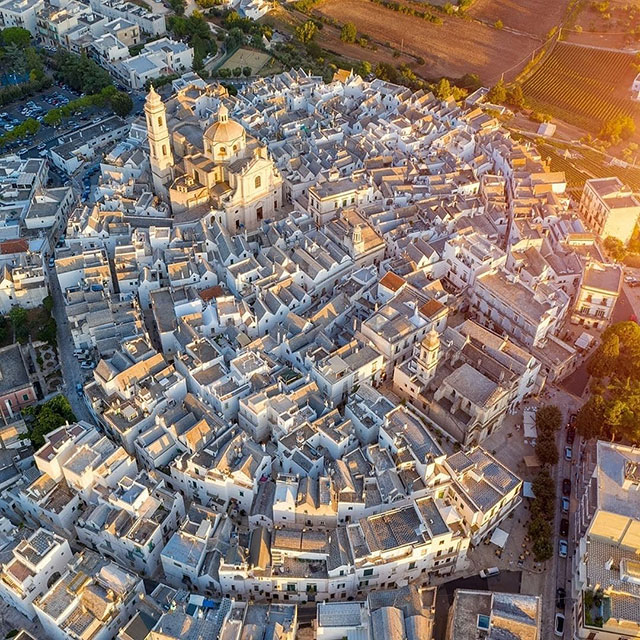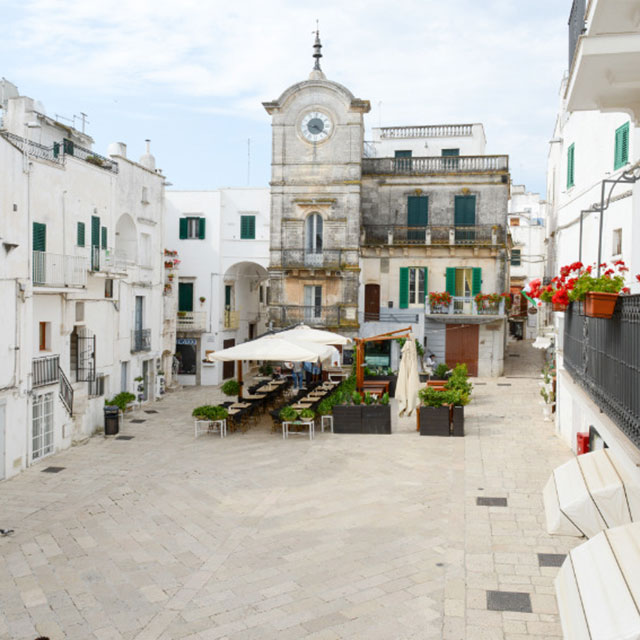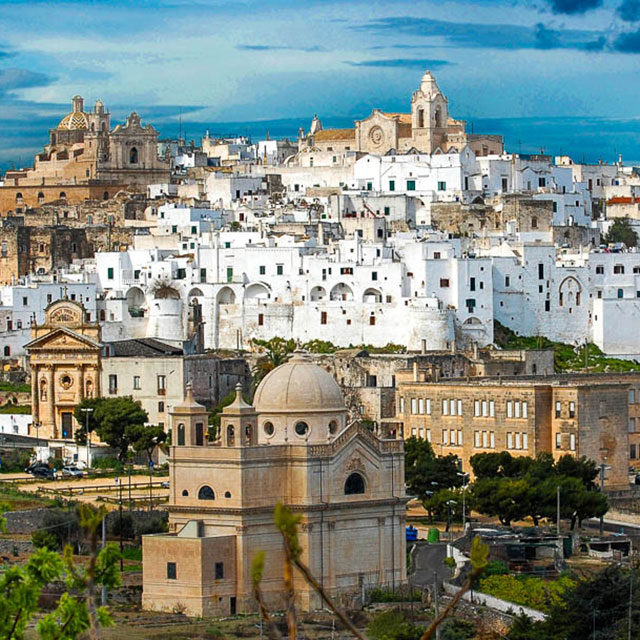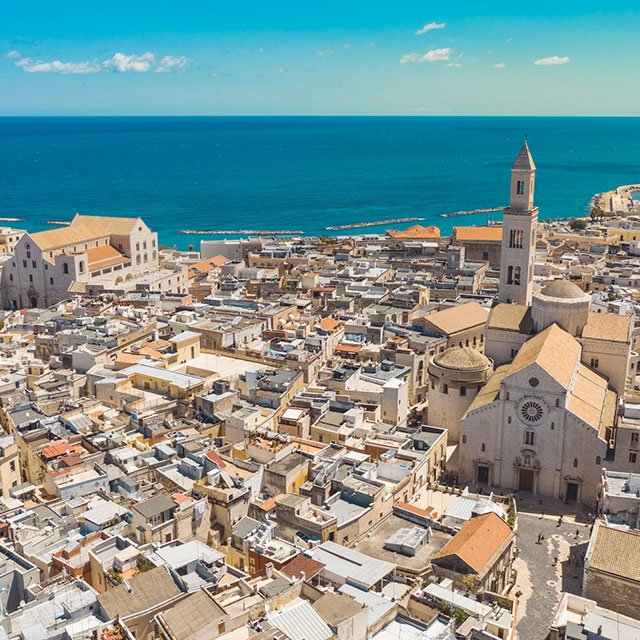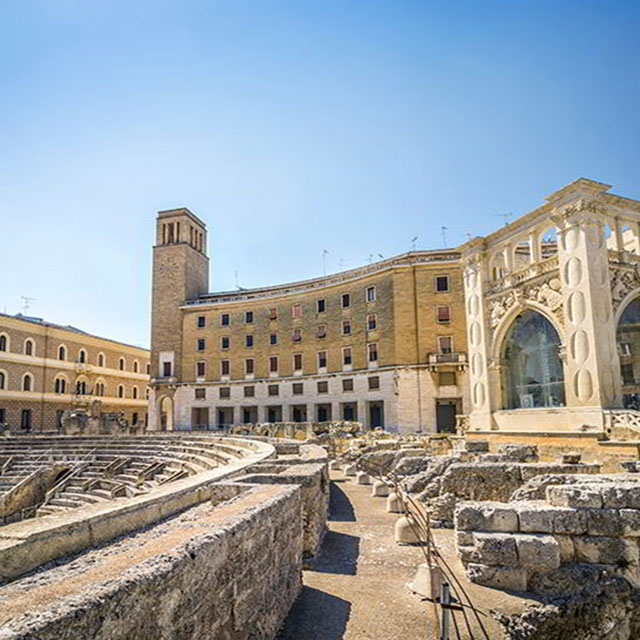Puglia
AGUSTA TRULLI RESORT is located close the Itria Valley, one of the most beautiful and characteristic areas of Apulia region, in a strategic point that allows you to easily reach the most important cultural and tourist destinations in the area.
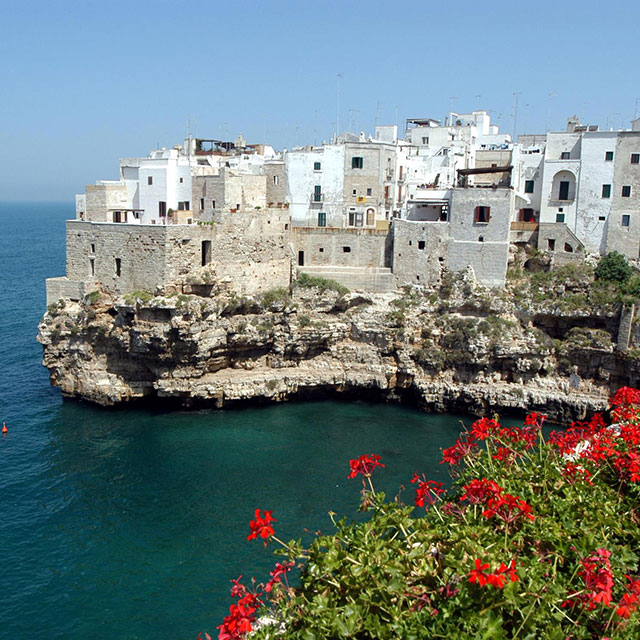
Polignano a mare – 5 km
Polignano a Mare, known as the “Pearl of the Adriatic”, is famous for being the birthplace of Domenico Modugno and for its location on a rocky spur which, jutting out over the Adriatic Sea, offers a wonderful and suggestive view both those who look towards the horizon, and those who want to admire the city so romantically perched on this suggestive stretch of coast.
The historic center, rich in Arab, Spanish, Byzantine and Norman traces, unravels in a maze of narrow streets and tunnels that allow you to reach the famous balconies overlooking the sea, a distinctive element of Polignano.
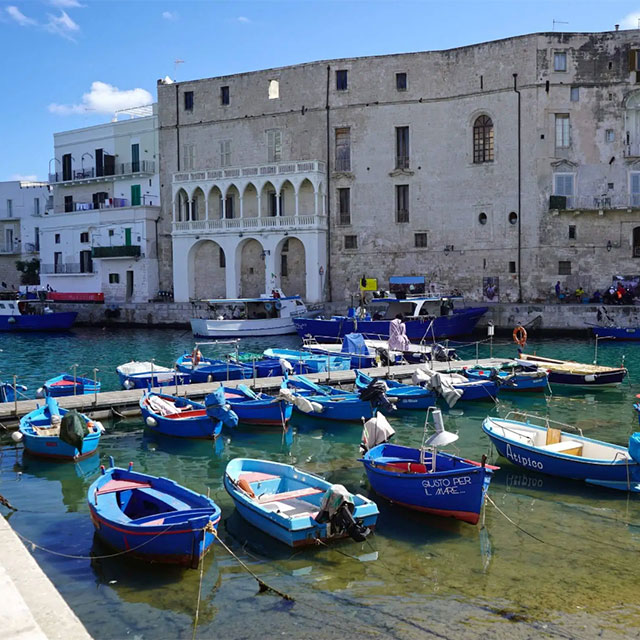
Monopoli – 6 km
A dream sea and a historic center rich in art and history make Monopoli one of the most beautiful towns on the Adriatic. Among the most important cultural stops there are the Cathedral of Santa Maria della Madia and the Church of Purgatory and among the tourist ones not to be missed are the numerous sandy and rocky beaches that characterize the coast, the best known is the Capitolo beach which , thanks to the numerous music stations designed for everyone’s enjoyment, it allows you to enjoy the day between the sea and nightlife.
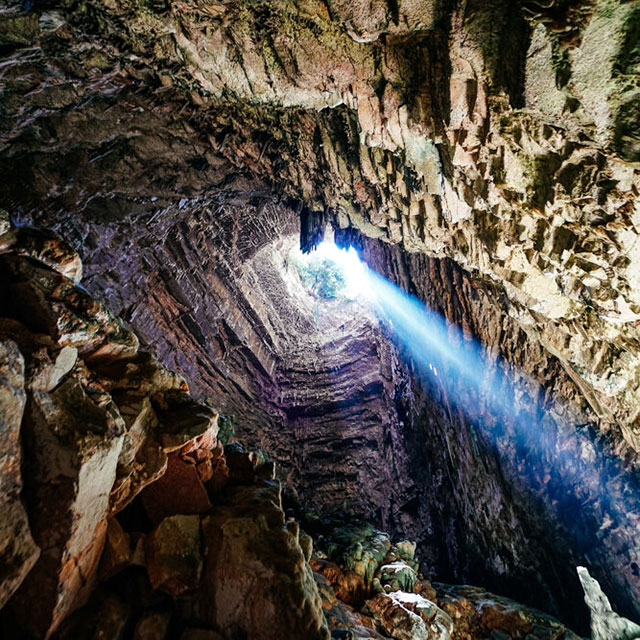
Castellana grotte – 18 km
Castellana Grotte is an Apulian town located on the limestone plateau of the Terra dei Trulli and Grotte and is known above all the Caves of Castellana, a complex of underground cavities of karst origin, of considerable tourist interest, among the most beautiful and spectacular in Italy. The Castellana Caves are therefore, in their own right, an unmissable opportunity to admire one of the most surprising natural places in a wonderful Puglia. Located on the limestone plateau formed in the upper Cretaceous, about ninety-one
hundred million years ago.
The beauty of the caves is revealed in the amazing scenery, where caves with fantastic names, canyons, deep abysses, fossils, stalactites, stalagmites, concretions with incredible shapes and surprising colors stimulate the imagination of children and adults.
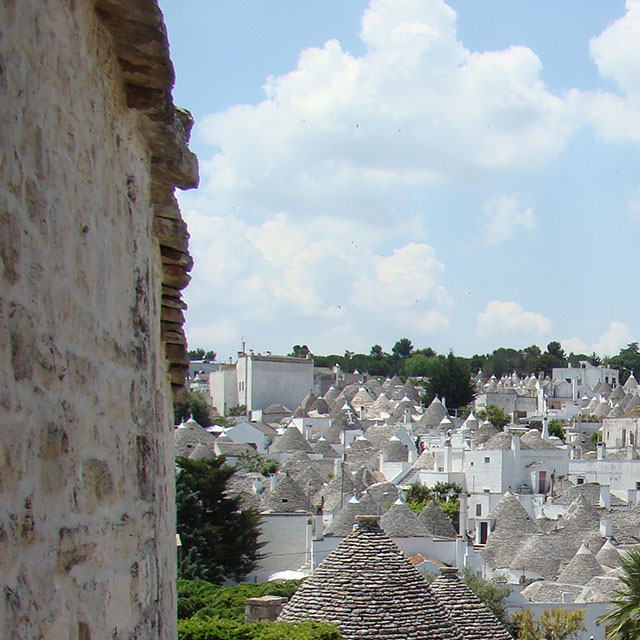
Alberobello – 26 km
Alberobello is undoubtedly the most characteristic and famous town in the Itria Valley, famous for its trulli, that is to say rural houses whose conical roofs, built entirely of stone, are the element of the unmistakable Made in Puglia.
Since 1996 the city of Alberobello has seen its characteristic trulli being recognized as a World Heritage Site by UNESCO and every year thousands of tourists come to the town to admire these fantastic buildings.
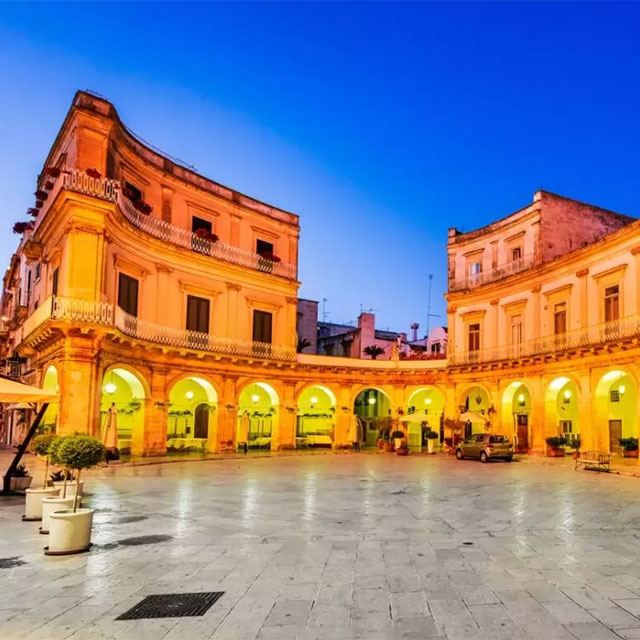
Martina Franca – 39 km
Martina Franca, unlike the other villages of the Itria Valley, stands out for its Baroque buildings such as the Church of the Carmine, the Palazzo Ducale and the beautiful Basilica of San Martino, located in Piazza Plebiscito with its imposing facade dominated by the Saint Patron. In addition to the baroque architectural peculiarities, Martina Franca is famous above all for its nightlife among clubs and pubs, for the famous capocollo, for the Martina Franca DOC wine and for the Valle d’Itria Festival which, from 1975 to today, every summer it attracts many tourists thanks to its characteristic and particular folklore.

